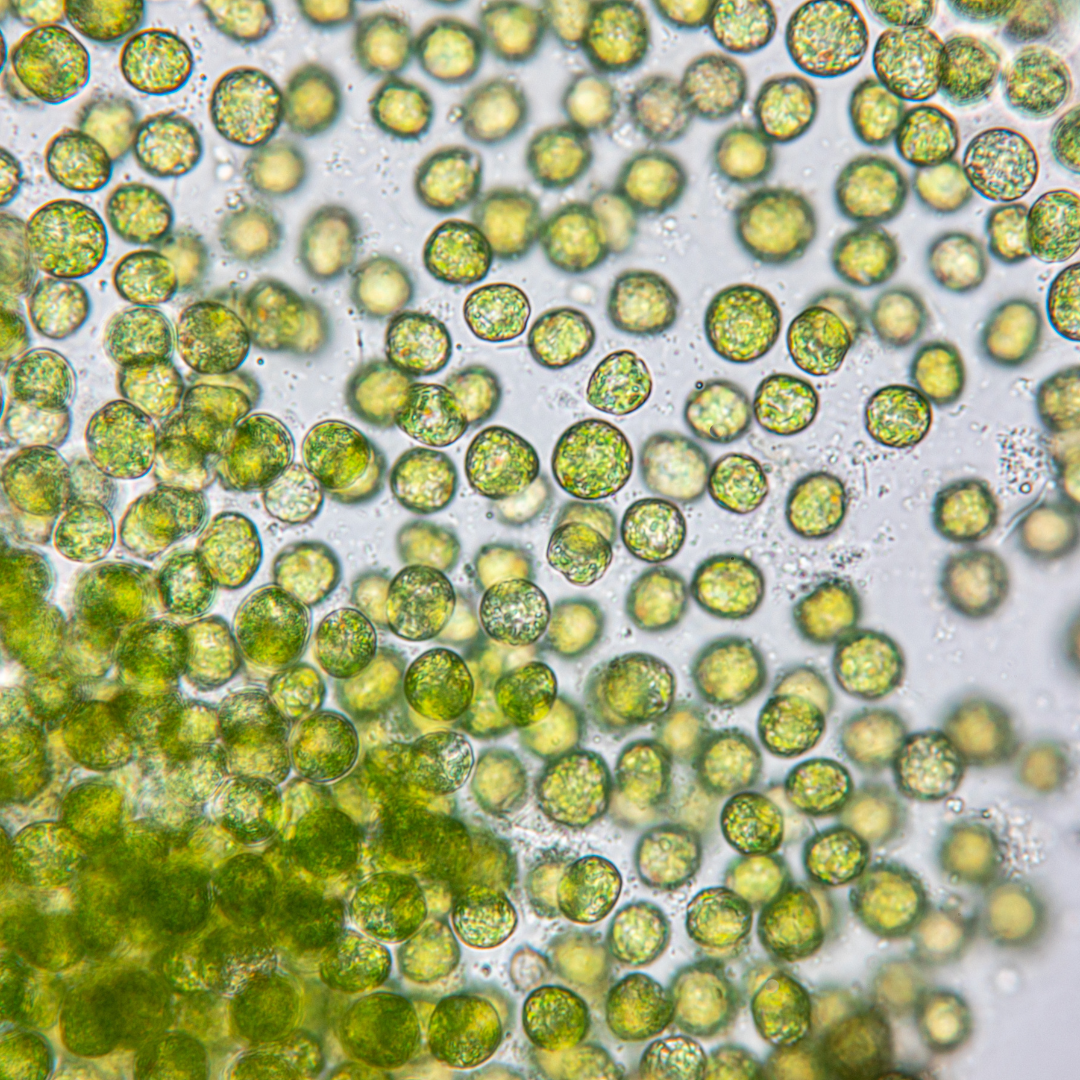
Phytoplankton
Numerous microscopic plants called phytoplankton are the main source of nutrition in the food chain and are very important in the global carbon cycle. Due to the bioactive substances, they produce, such as potent antioxidants, phytoplankton can survive in harsh environments. Phytoplankton creates more than 50% of the oxygen humans breathe. Due to their position at the base of the marine food chain and environment, phytoplankton significantly impacts sustainability. They float on the surface of the water, and they differ in their characteristics and advantages to the organism depending on their native location. For instance, one species of plankton has created an enzyme that can heal cell damage brought on by sunshine, and to generate the energy required for growth and metabolism, they absorb sunlight and carbon dioxide. Some types of plankton have also discovered a way to defend themselves against blue light (high energy visible light naturally emerging in sunlight), which is like the defense mechanism against UV radiation. Their cells are protected by a delicate glass shield that resembles a glass diamond and can block radiation while still absorbing the necessary light. Phytoplankton helps keep toxins and pollutants from reaching the skin while shielding it from UV rays and blue light. It lessens oxidative stress, safeguards cells, and combats early skin aging symptoms. Plankton also strengthens the skin barrier and has antimicrobial qualities.


